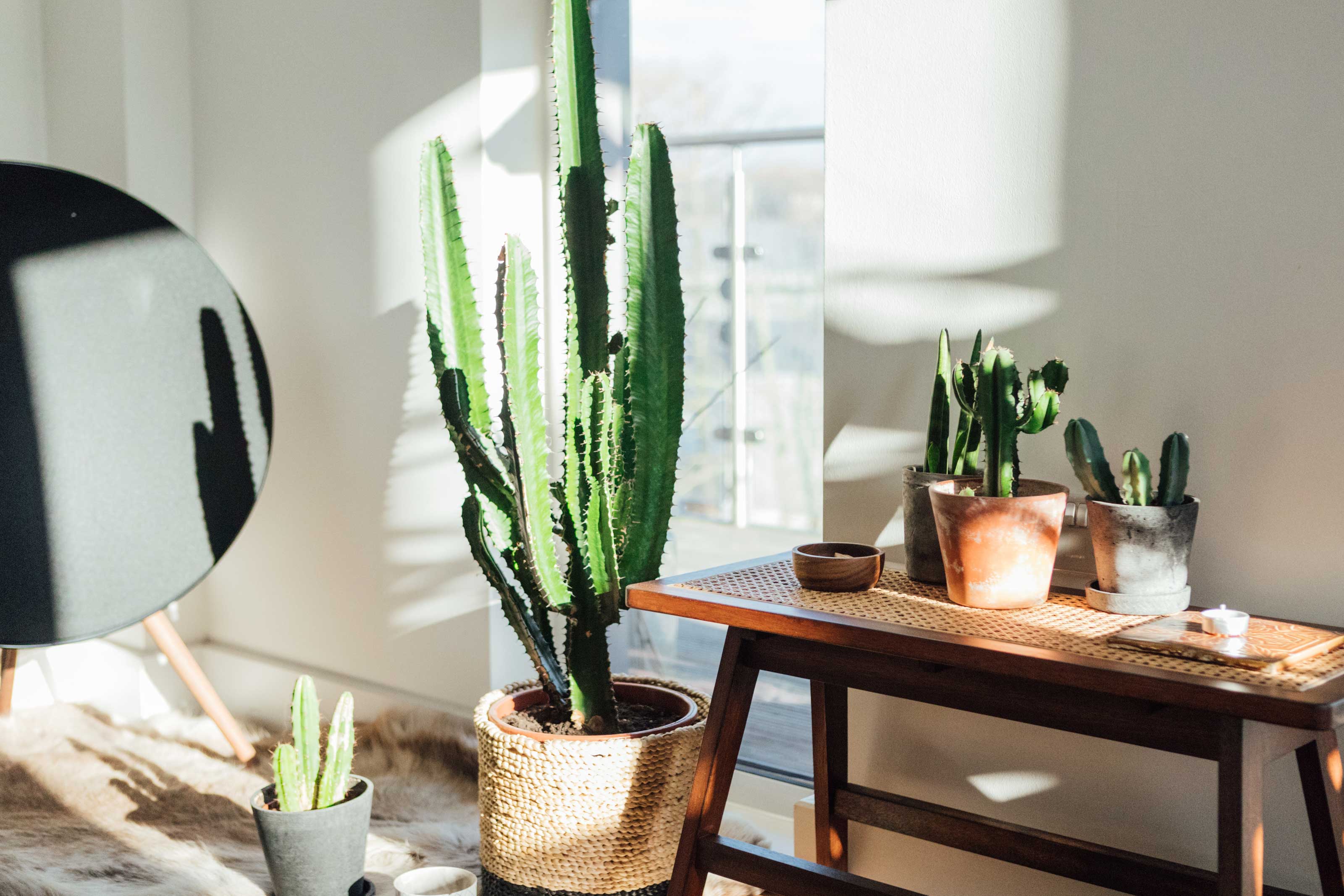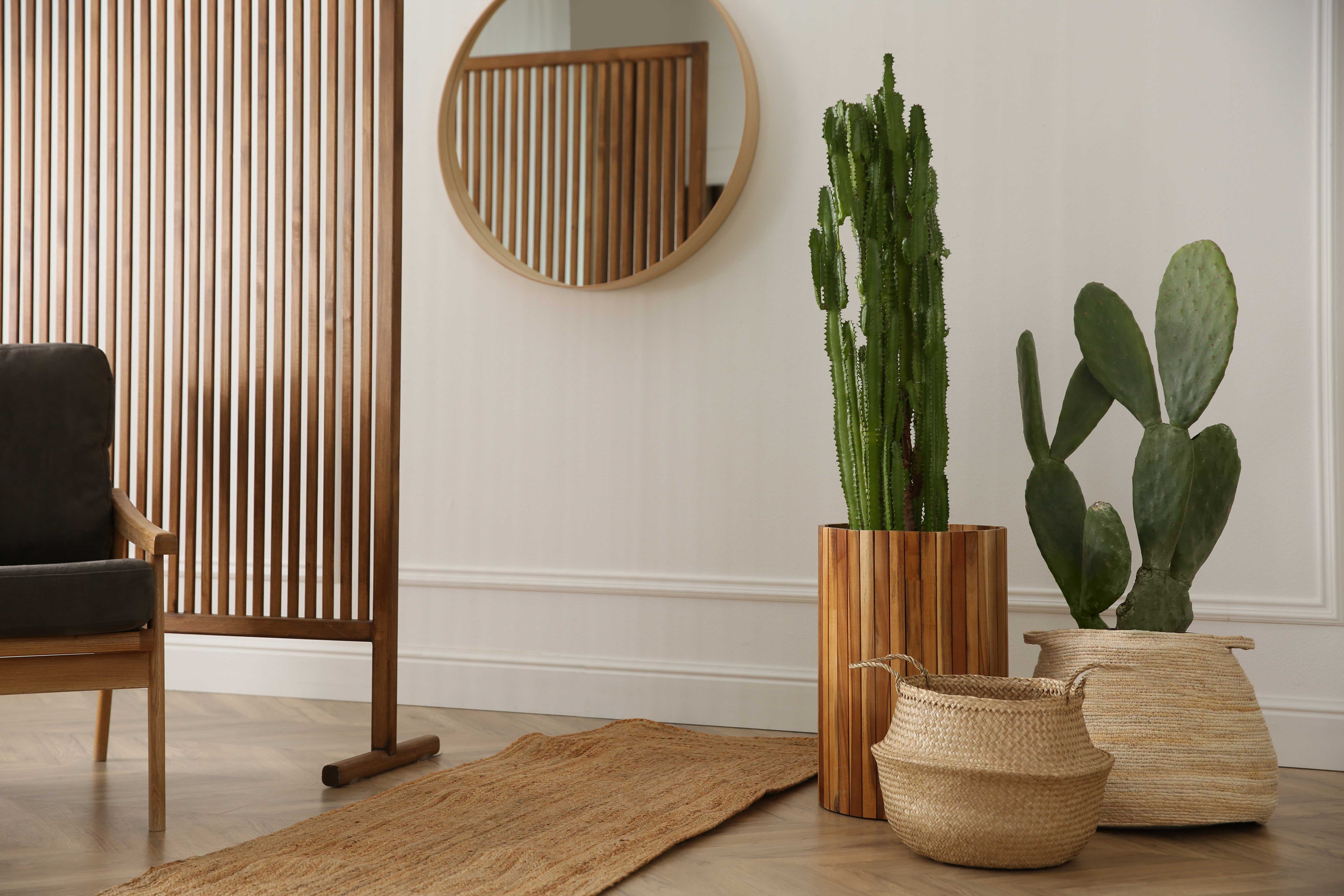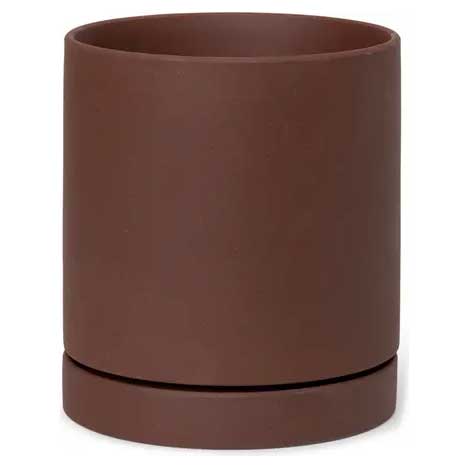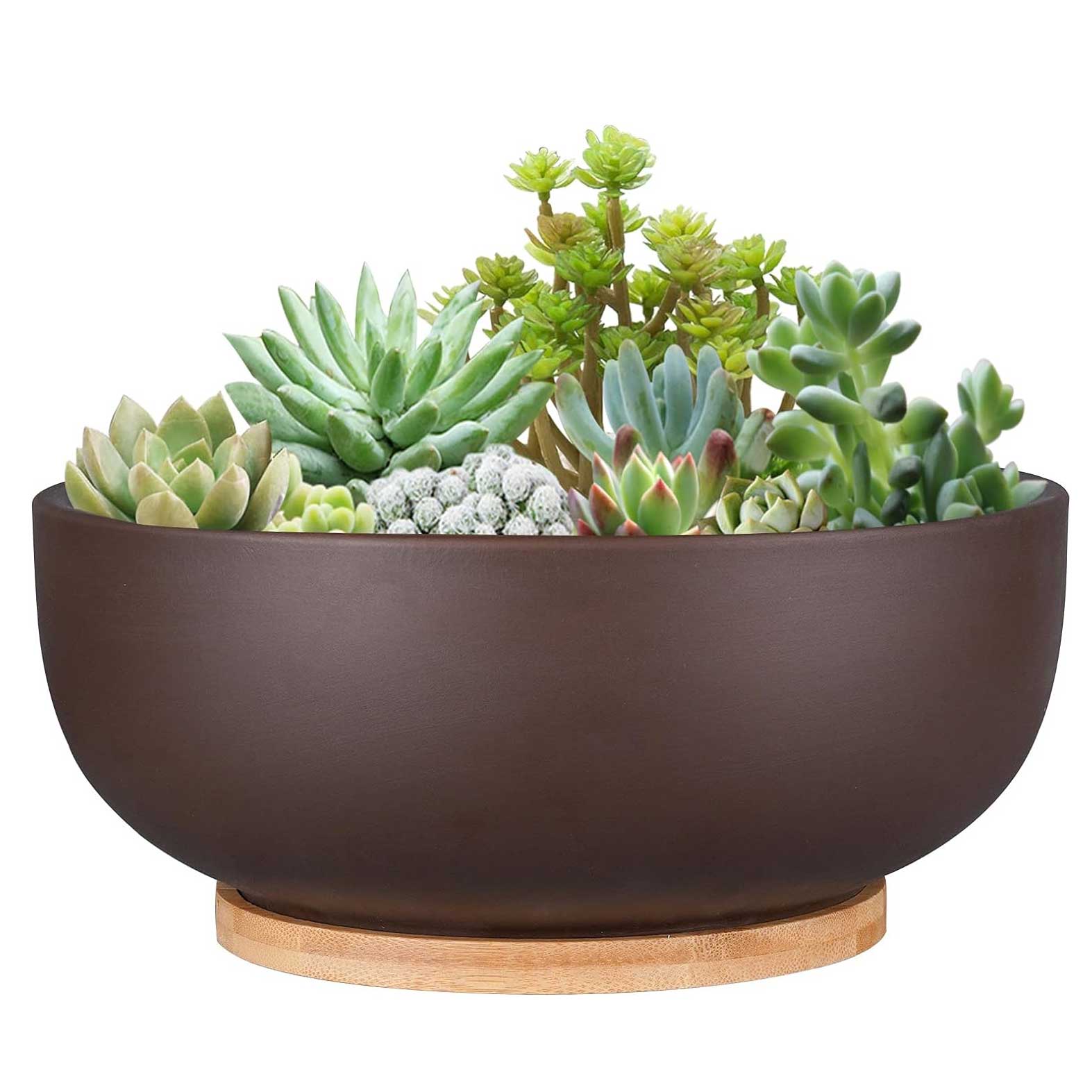How do I look after an indoor cactus in winter? The one thing you need to do, and the one thing you need to stop ASAP
Make this adjustment when caring for cactus and succulent indoors over winter to keep your houseplant happy and healthy, says plant expert Sarah Gerrard Jones

The change in seasons affects indoor plants, like plants in the garden. As we prepare for colder, shorter, darker days, we need to be aware of how the drop in temperature and light affects our houseplants, particularly cacti and succulents, which, if we’re not careful, can quickly turn to mush over the winter period.
But is there anything we can do to help care for the cacti in our indoor gardens? And is there anything we shouldn't be doing? This is what you need to know.
What to do: move it into the light
Light is the major driver of photosynthesis, which is why our plants grow in the spring and summer months. The rate of photosynthesis increases as the temperature rises, and because of this, plants use more water than they do in the fall and winter. The light coming into our homes in winter is less intense than in summer and, therefore, significantly impacts a plant’s ability to photosynthesise.
While cacti are relatively low maintenance plants for indoor gardening, they're native to warm climates, require a high intensity of light for photosynthesis, so indoors, you must give them a spot on the brightest windowsill. In winter, the light coming into our homes generally isn’t enough to kickstart the process of photosynthesis, so these sun worshippers enter a dormancy period where they are essentially asleep and merely exist until warmer, brighter days return.

What not to do: water it
During this period of dormancy, they don’t require water, so you must adjust your care routine accordingly. My general advice is not to water cacti from late October until March-April.
Damp soil is the number one killer of cacti and other succulent plants. They are opportunists and have adapted to absorb water quickly when it becomes available. They are not used to water sitting around their roots, so if you water them when they are dormant, that moisture will remain in the soil, creating an inviting environment for bacteria to thrive and attack the roots. Unfortunately, the first sign of rotting will usually be at the base of the plant, by which time it’s usually too late to save it. At this point, the only option is to cut off the healthy part and propagate it.
Step away from the watering can if you want healthy cacti next year.
Be The First To Know
The Livingetc newsletters are your inside source for what’s shaping interiors now - and what’s next. Discover trend forecasts, smart style ideas, and curated shopping inspiration that brings design to life. Subscribe today and stay ahead of the curve.
Sarah Gerrard-Jones, author of The Plant Rescuer – The book your houseplants want you to read, and winner of RHS Chelsea Flower Show Gold Medal, is a self-taught plant obsessive with a passion for rescuing ailing houseplants. As @theplantrescuer on Instagram, Sarah has helped thousands of people understand how to make their plants happy and what to do if something goes wrong.
-
 My 10 Favorite Designs at Milan Design Week 2025 — Out of the Hundreds of Pieces I Saw
My 10 Favorite Designs at Milan Design Week 2025 — Out of the Hundreds of Pieces I SawThere is a new elegance, color, and shape being shown in Milan this week, and these are the pieces that caught my eye
By Pip Rich
-
 Iridescence Is Chrome’s More Playful, Hard-to-Define Cousin — And You're About to See It Everywhere
Iridescence Is Chrome’s More Playful, Hard-to-Define Cousin — And You're About to See It EverywhereThis kinetic finish signals a broader shift toward surfaces that move, shimmer, and surprise. Here's where to find it now
By Julia Demer


